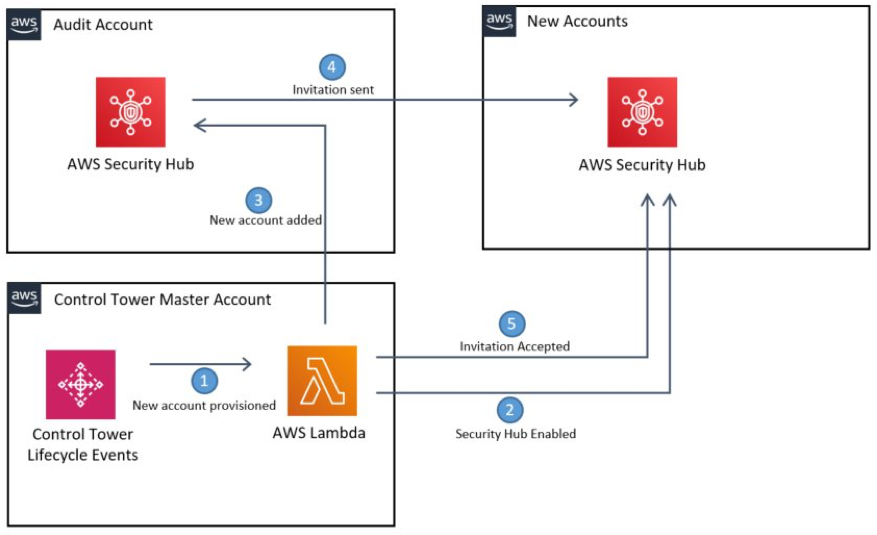AWS Cloud Operations & Migrations Blog
Category: Amazon CloudWatch
Create metrics and alarms for specific web pages with Amazon CloudWatch RUM
Amazon CloudWatch RUM makes it easy for AWS customers to access real-world performance metrics from web applications, thereby giving insights into the end-user experience. These user experiences are quantified into discrete metrics that you can then create alarms for. But what if you must have different load time alarms for certain pages? Or you’re testing […]
Identify operational issues quickly by using Grafana and Amazon CloudWatch Metrics Insights (Preview)
Amazon CloudWatch has recently launched Metrics Insights (Preview) – a fast, flexible, SQL-based query engine that enables you to identify trends and patterns across millions of operational metrics in real-time. With Metrics Insights, you can easily query and analyze your metrics to gain better visibility into the health and performance of your infrastructure and large scale […]
Monitoring Service Level Objectives (“SLOs”) Made Easier with Nobl9 and Amazon CloudWatch Metrics Insights
The updated version (June 2022) that follows is based on working backward from a customer need to understand Service Level Objectives (“SLOs”) and the benefits from monitoring SLOs. This post was originally written in Nov 2021 by Natalia Sikora-Zimna, Product Owner at Nobl9. A service can be provided by infrastructure, a platform, software, or people. […]
How to validate authentication using Amazon CloudWatch Synthetics – Part 2
In the second post of this two-part series, I will demonstrate how to utilize the Amazon CloudWatch Synthetics canary that uses the multiple HTTP endpoints blueprint in order to monitor an application requiring an authentication certificate. The first post Multi-step API monitoring using Amazon CloudWatch Synthetics provided steps to create an Amazon CloudWatch Synthetics script for executing a […]
Share your Amazon CloudWatch Dashboards with anyone using AWS Single Sign-On
Amazon CloudWatch enables customers to collect monitoring and operational data in the form of logs, metrics, alarms, and events, thereby allowing easy workload visualization and notifications. Traditionally, operational health data access was only viewable for technical support staff, thereby making operational health opaque to a wider business audience. However, actionable and valuable business insights can […]
Monitor Private VPC Endpoint Health in Hybrid DNS Environments Using CloudWatch Synthetics
We start by paying homage to the Amazon CloudWatch Synthetics canary naming convention, which nods to the original use of canaries to detect carbon monoxide in coal mines. The bird’s small size, high metabolism, and intensified breathing led to their early demise when exposed to the poisonous gas, thereby allowing miners to take corrective action […]
Automating AWS Security Hub Alerts with AWS Control Tower lifecycle events
Important Update: As of 23 Nov 2020 the Security Hub service was updated to support direct integration with AWS Organizations. Lifecycle events are no longer the recommended way to enable Security Hub. Please utilize Security Hub’s native integration with AWS Organizations. You can also refer to this blog, which walks through how to enable GuardDuty […]
Setting up an Amazon CloudWatch Billing Alarm to Proactively Monitor Estimated Charges
I’m pleased to announce the start of a multi-part series for CloudWatch Billing in which I will explore the techniques for proactively managing your AWS costs. This series kicks off with a walkthrough of setting up CloudWatch Billing Alarms from the AWS console. This walkthrough demonstrates how to enable Billing Alerts, create an Amazon CloudWatch […]
Visual monitoring of applications with Amazon CloudWatch Synthetics
Monitoring application endpoints is a reliable way to measure availability. This best practice can be extended by adding synthetic monitoring to your observability strategy. Synthetic monitoring lets you continually verify your customers’ experience by following the same routes and actions as your customers. You can create scripts or canaries that monitor things such as availability, […]
Govern your applications centrally using AppRegistry and Application Manager
The customers I work with often handle multiple applications in their cloud environments. In general, an application includes multiple AWS resources deployed via AWS CloudFormation stacks, APIs, or other infrastructure as code tools. My customers often ask me about efficient mechanisms for managing the resources and governing the security policies of their resources in an Application […]









